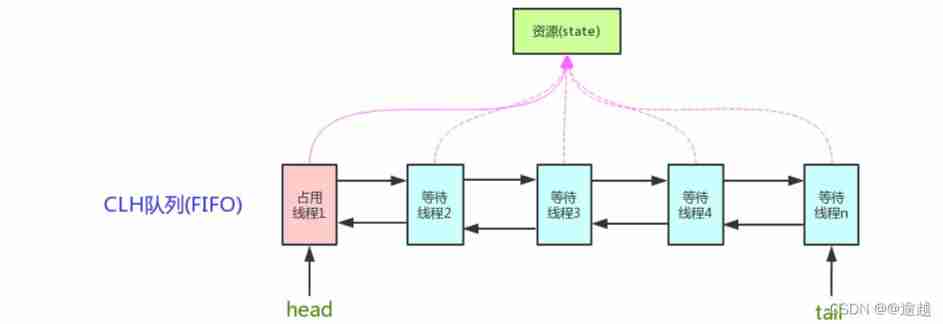当前位置:网站首页>Condition and AQS principle
Condition and AQS principle
2022-07-06 01:10:00 【@Overstep】
Condition brief introduction
Any one of them java Objects are all inherited from Object class , Communication between online programs is often applied to Object Several methods of , such as wait(),wait(long timeout),wait(long timeout, int nanos) And notify(),notifyAll() Several ways to implement wait / A notification mechanism , alike , stay java Lock Under the system, there will still be the same way to achieve waiting / A notification mechanism . On the whole Object Of wait and notify/notify It is to cooperate with the object monitor to complete the inter thread waiting / A notification mechanism , and Condition And Lock Cooperate with the completion waiting notification mechanism , The former is java At the bottom level , The latter is at the language level , It has higher controllability and expansibility . The two are different in use , There are still many differences in functional features :
- Condition Can support no response interrupt , But by using Object The way doesn't support ;
- Condition Can support multiple waiting queues (new Multiple Condition object ), and Object Only one... Can be supported ;
- Condition It can support the setting of timeout time , and Object I won't support it
Condition analysis :
(1)Condition The essence of waiting for notification is waiting queue and The interactive process of synchronizing queues , Follow object Of wait()/notify() The mechanism is the same ;Condition Based on synchronous lock state Realized , and objec Is based on monitor Pattern implementation .
(2) One lock(AQS) There can be multiple Condition, That is, multiple waiting queues , There is only one synchronization queue .
(3)Condition.await() Method execution , Will synchronize the... In the queue head Lock released , Encapsulate threads into new node Add to the waiting queue ;Condition.signal() Method execution , The first node in the waiting queue will be moved to the synchronization queue , Until the lock state It's only when you get it that you wake up .
AQS Principle Overview
It's a framework for building locks and synchronizers , Use AQS A large number of synchronizers can be constructed simply and efficiently
AQS The core idea is , If the requested shared resource is free , Set the thread of the current request resource to a valid worker thread , And set the shared resources to the locked state . If the requested shared resource is occupied , Then we need a set of mechanism for thread blocking waiting and lock allocation when it is awakened , This mechanism AQS Yes, it is CLH The implementation of queue lock , Join the queue with the thread temporarily unable to acquire the lock .
CLH(Craig,Landin,andHagersten) A queue is a virtual two-way queue ( Virtual two-way queue means there is no queue instance , There is only an association between nodes ).AQS It is to encapsulate each thread requesting shared resources into a CLH A node in a lock queue (Node) To achieve lock allocation .
AQS Define two ways to share resources
1)Exclusive( Monopoly )
Only one thread can execute , Such as ReentrantLock. It can be divided into fair lock and unfair lock ,ReentrantLock Two locks are supported at the same time , Let's say ReentrantLock Introduce the definition of these two kinds of locks :
- Fair lock : In the order in which threads are queued in the queue , First come, first get the lock
- Not fair lock : When a thread wants to acquire a lock , Pass it twice first CAS Operate to grab the lock , If you don't get , The current thread then joins the queue waiting for wakeup .
2)Share( share )
边栏推荐
- Dedecms plug-in free SEO plug-in summary
- VMware Tools installation error: unable to automatically install vsock driver
- MCU realizes OTA online upgrade process through UART
- Unity | 实现面部驱动的两种方式
- Why can't mathematics give machine consciousness
- Finding the nearest common ancestor of binary search tree by recursion
- [groovy] compile time meta programming (compile time method interception | method interception in myasttransformation visit method)
- 猿桌派第三季开播在即,打开出海浪潮下的开发者新视野
- I'm interested in watching Tiktok live beyond concert
- MIT doctoral thesis | robust and reliable intelligent system using neural symbol learning
猜你喜欢
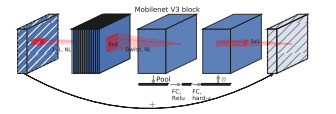
MobileNet系列(5):使用pytorch搭建MobileNetV3并基于迁移学习训练
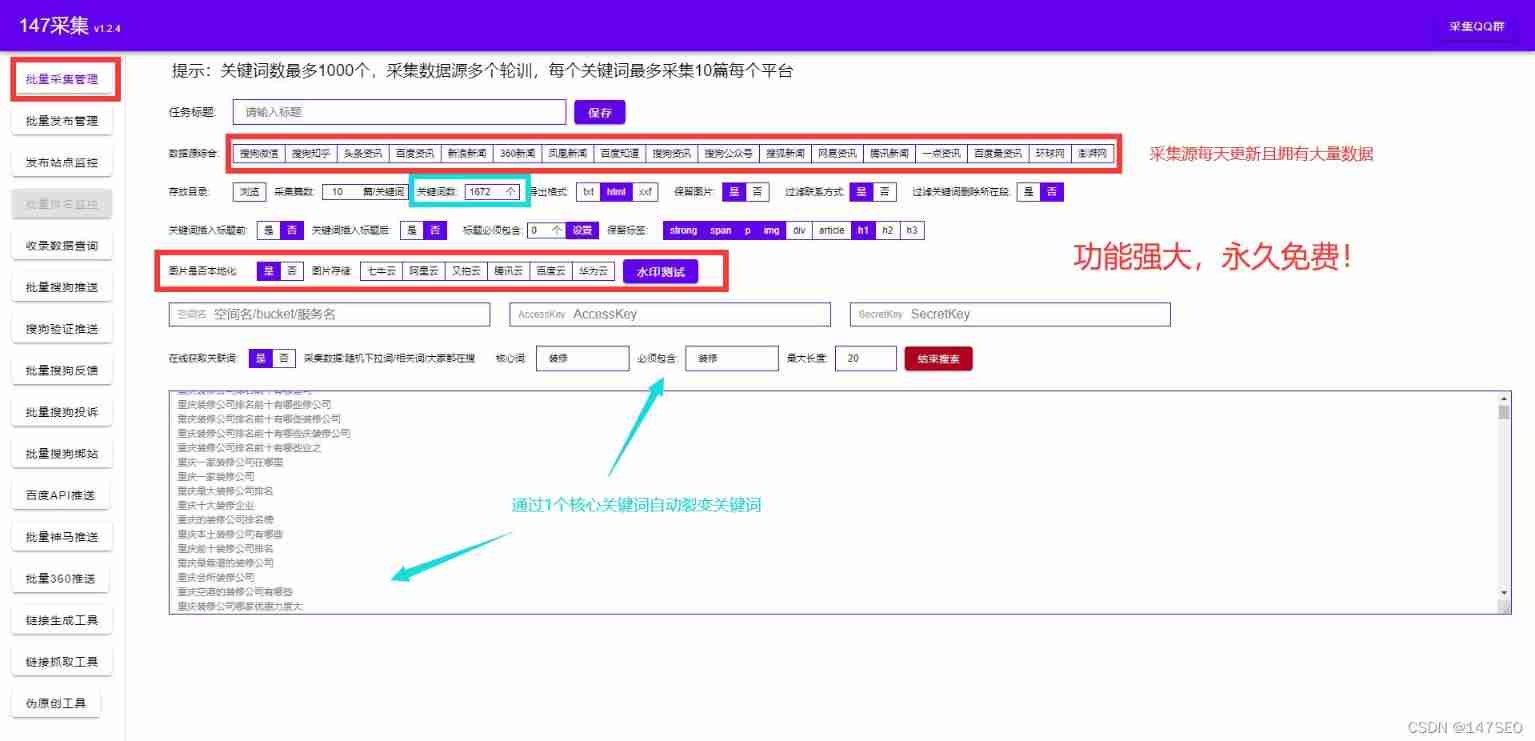
Dede collection plug-in free collection release push plug-in

Fibonacci number

SSH login is stuck and disconnected
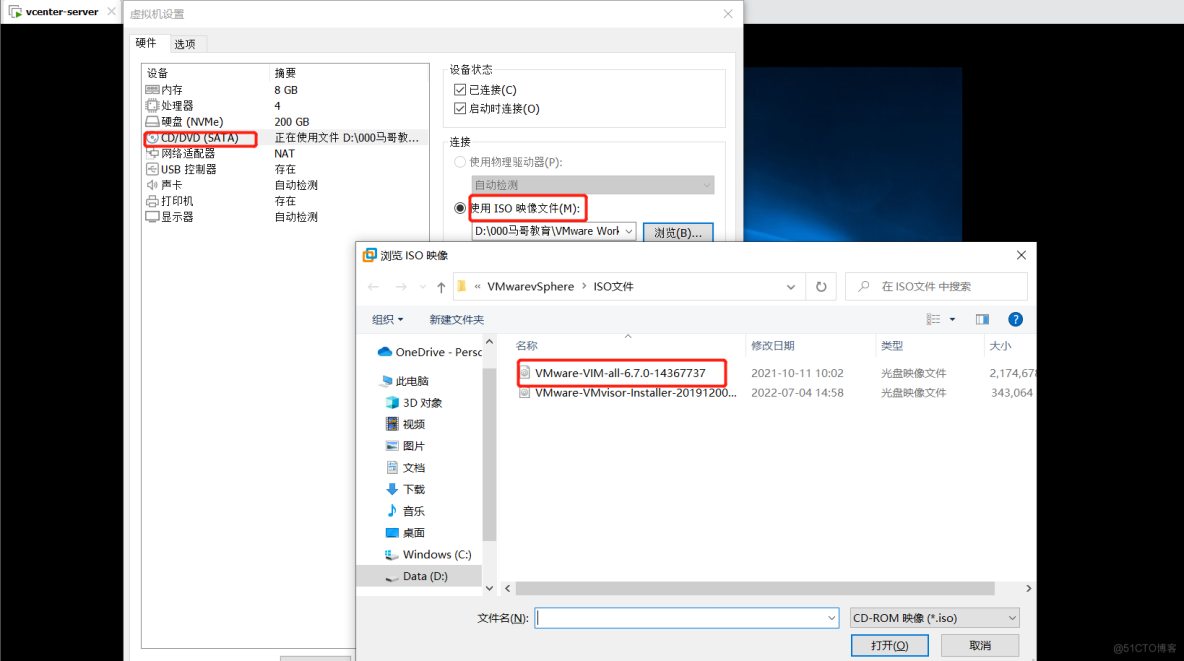
VSphere implements virtual machine migration

Recommended areas - ways to explore users' future interests
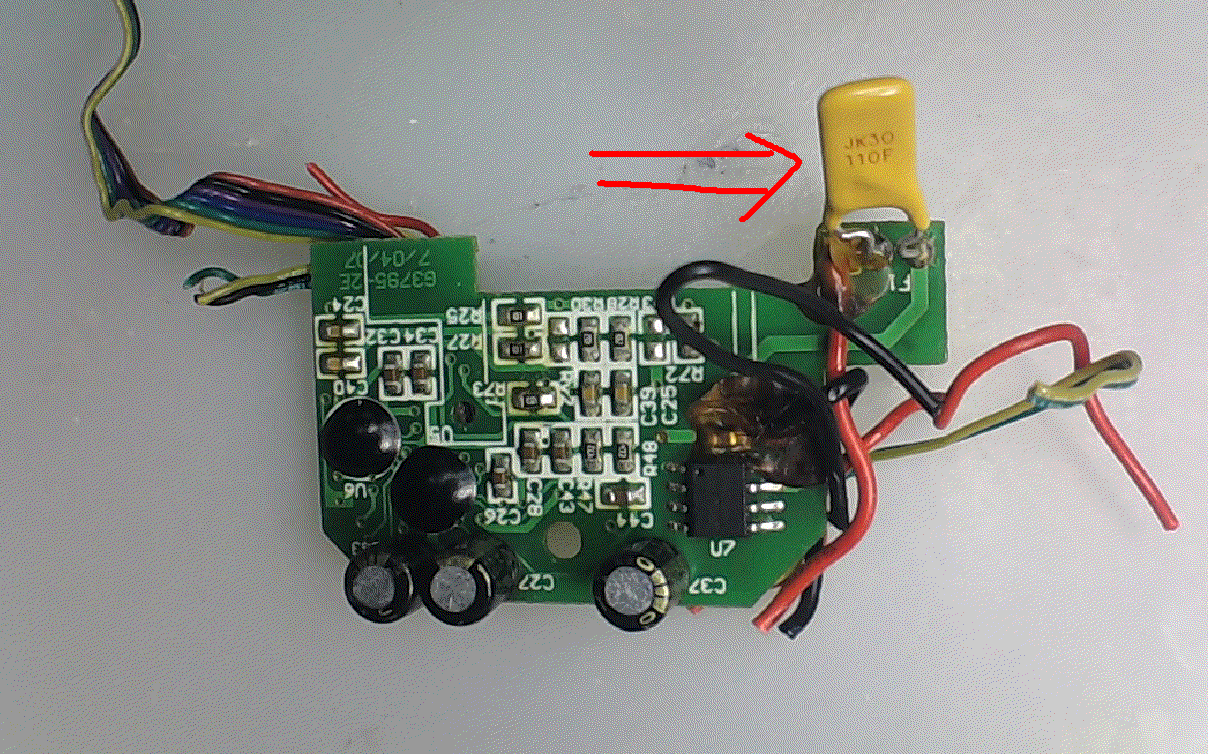
Recoverable fuse characteristic test

Four commonly used techniques for anti aliasing
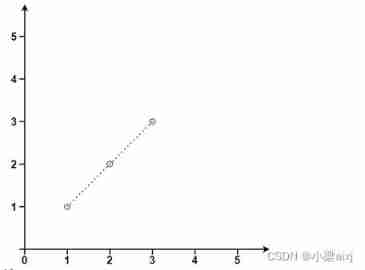
Daily practice - February 13, 2022
![[groovy] JSON serialization (jsonbuilder builder | generates JSON string with root node name | generates JSON string without root node name)](/img/dd/bffe27b04d830d70f30df95a82b3d2.jpg)
[groovy] JSON serialization (jsonbuilder builder | generates JSON string with root node name | generates JSON string without root node name)
随机推荐
synchronized 和 ReentrantLock
Building core knowledge points
View class diagram in idea
WordPress collection plug-in automatically collects fake original free plug-ins
[groovy] compile time metaprogramming (compile time method interception | find the method to be intercepted in the myasttransformation visit method)
curlpost-php
Why can't mathematics give machine consciousness
Promise
devkit入门
China Taiwan strategy - Chapter 8: digital marketing assisted by China Taiwan
The basic usage of JMeter BeanShell. The following syntax can only be used in BeanShell
Vulhub vulnerability recurrence 74_ Wordpress
Mobilenet series (5): use pytorch to build mobilenetv3 and learn and train based on migration
Installation and use of esxi
毕设-基于SSM高校学生社团管理系统
C language programming (Chapter 6 functions)
SCM Chinese data distribution
Redis' cache penetration, cache breakdown, cache avalanche
Modify the ssh server access port number
Synchronized and reentrantlock
